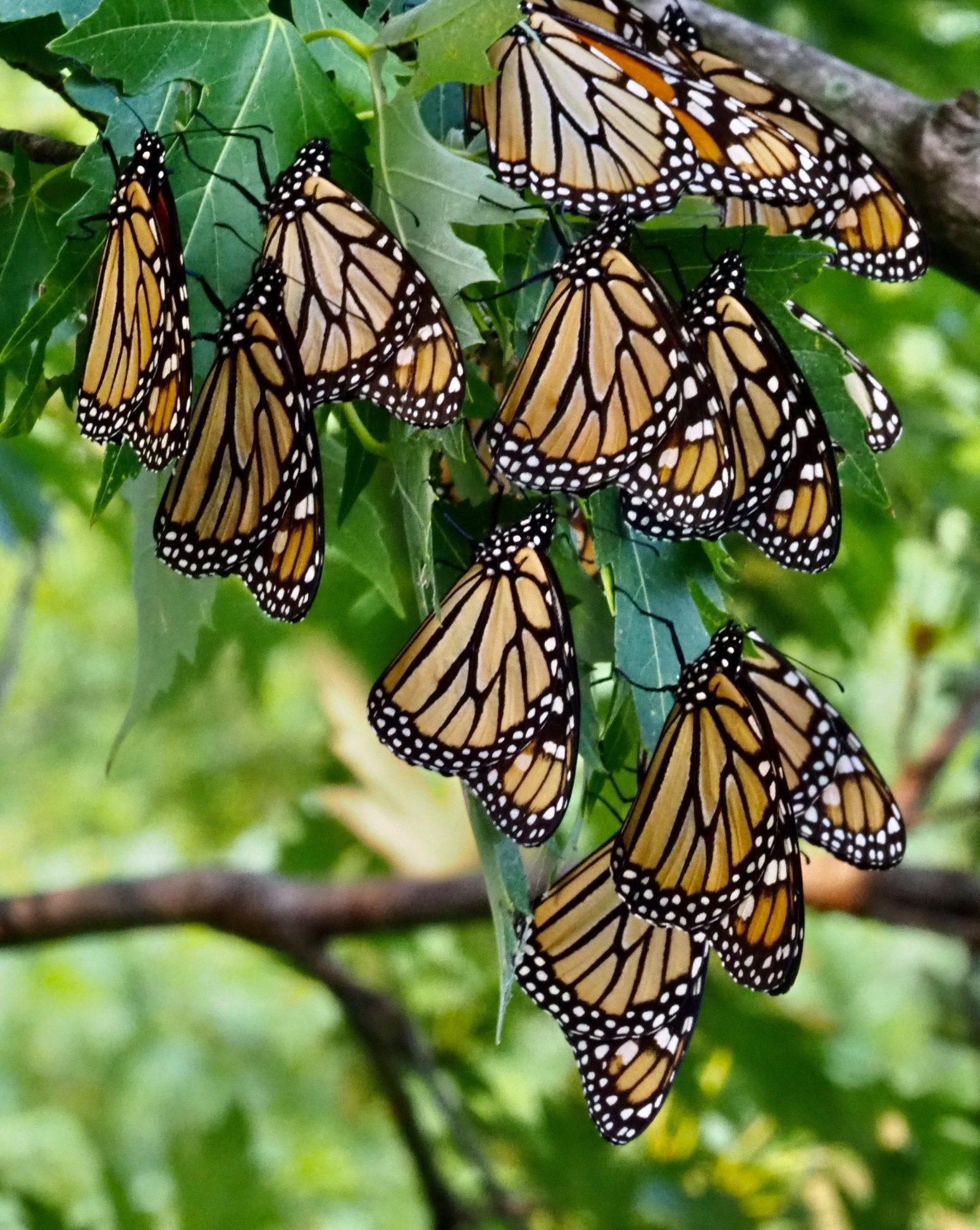Butterflies and birds are some of the most colorful creatures on Earth, but they differ in their physical characteristics, habitats, diets, and behaviors. Butterflies are smaller, with elongated wings, while birds range in size from tiny hummingbirds to giant ostriches. Butterflies thrive in warm, tropical regions with abundant flowers, while birds occupy almost every ecosystem on Earth. Butterflies are herbivores that feed on nectar, while birds are omnivores that eat a variety of food. Butterflies use visual cues and chemical signals to communicate, while birds have complex social behaviors and communication systems. Understanding these differences can help protect these unique and beautiful creatures.
The Colorful Battle: Butterfly vs. Bird
Butterflies and birds are two of the most colorful creatures on Earth. They share similarities in their vivid and mesmerizing hues but differ in many ways, from their sizes to their habitats, diets, and behavior.
Size and Physical Characteristics
Butterflies and birds have distinctive sizes and appearances. Butterflies are usually smaller and lighter, with slender, elongated wings. They have a unique wing structure that allows them to fold their wings vertically over their body. Butterflies have six legs, two pairs of wings, and a long proboscis for sucking nectar. They have bright colors and intricate patterns on their wings that vary depending on species, gender, and age. Birds, on the other hand, vary in size and weight, from tiny hummingbirds to giant ostriches. They have two pairs of wings, a beak, and two feet with talons. Their wings are longer and broader than butterflies and help them fly faster and higher. Birds have feathers that come in different colors and patterns, and they can change color depending on their age and habitat.
Habitat and Distribution
Butterflies and birds have different habitats and occupy different parts of the world. Butterflies usually thrive in warm, tropical regions with abundant flowers, plants, and water sources. They prefer habitats like meadows, forests, gardens, and parks, where they can forage for nectar and lay their eggs on host plants. Butterflies are found on every continent, except Antarctica, and can migrate long distances to find food or reproduce. Birds, in contrast, have a more extensive distribution and are found in almost every ecosystem on Earth. They inhabit forests, deserts, grasslands, wetlands, and coastal regions, and their habitats vary depending on their specific adaptations and behaviors. Some birds are migratory and travel long distances to breed or avoid harsh climates.
Diet and Feeding Habits
Butterflies and birds have different diets and feeding habits, reflecting their unique anatomical structures. Butterflies are herbivorous and mainly feed on nectar from flowers, sap, fruit juices, and pollen. They have a long, coiled proboscis that they can extend to reach the nectar deep within flowers. Butterflies also feed on water and minerals from puddles or mud, which provide essential nutrients for their survival. Birds, on the other hand, are omnivorous and eat a variety of food, depending on their species and habitat. Some birds eat insects, seeds, fruits, or small mammals, while others prey on fish, snakes, or other birds. Birds have a beak with specialized shapes and sizes that allow them to catch, chew, and digest their food efficiently.
Behavior and Communication
Butterflies and birds have distinct behaviors and communication methods, reflecting their different lifestyles and social structures. Butterflies are solitary creatures that spend most of their time foraging for nectar and avoiding predators. They use visual cues, such as wing displays and coloration, to attract mates or protect themselves. Some butterfly species also emit chemical signals, called pheromones, to communicate with each other or mark their territory. Birds, in contrast, have complex social behaviors and communication systems. They form flocks, pairs, or colonies and use vocalizations, displays, and body language to interact with each other. Birds also use visual and olfactory cues, such as colors, odors, and feather patterns, to signal their intentions or identify their kin.
Conclusion
In conclusion, the colorful battle between butterflies and birds is a fascinating and endless one. Both creatures display magnificent colors and patterns, but they also differ in many ways, from their sizes and physical characteristics to their habitats, diets, and behaviors. Understanding these differences can help us appreciate the diversity and beauty of nature and protect these amazing creatures from extinction.
